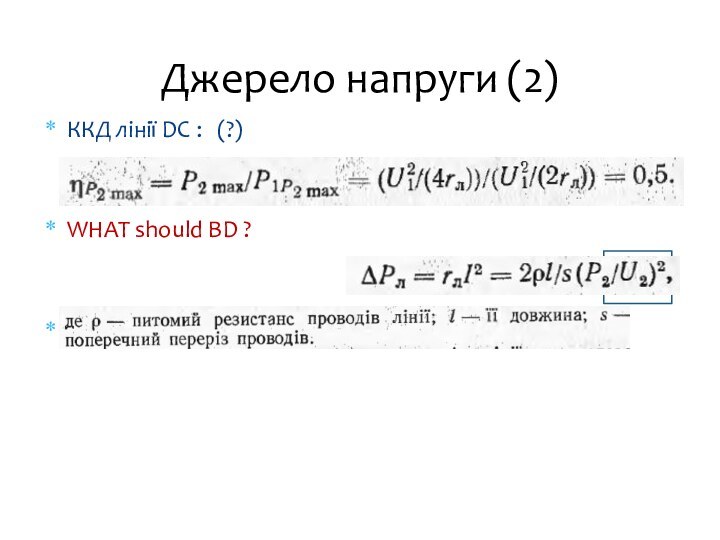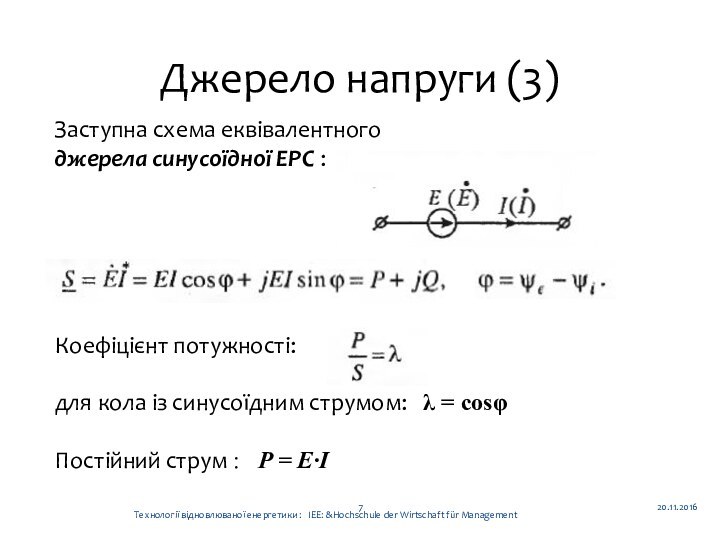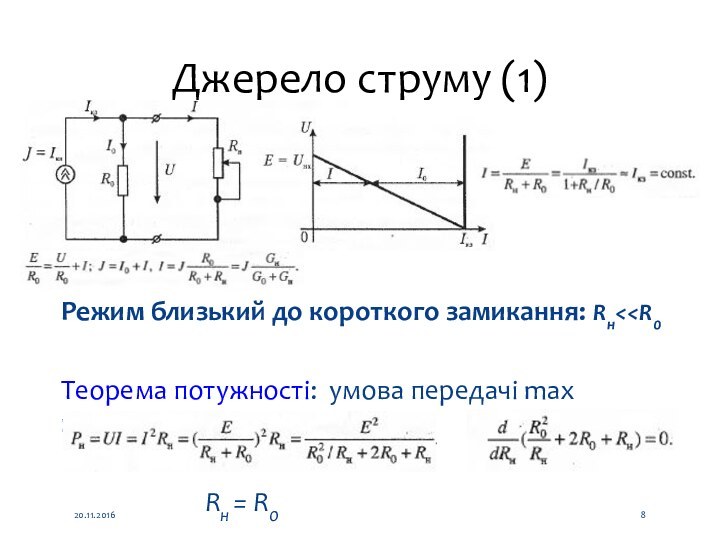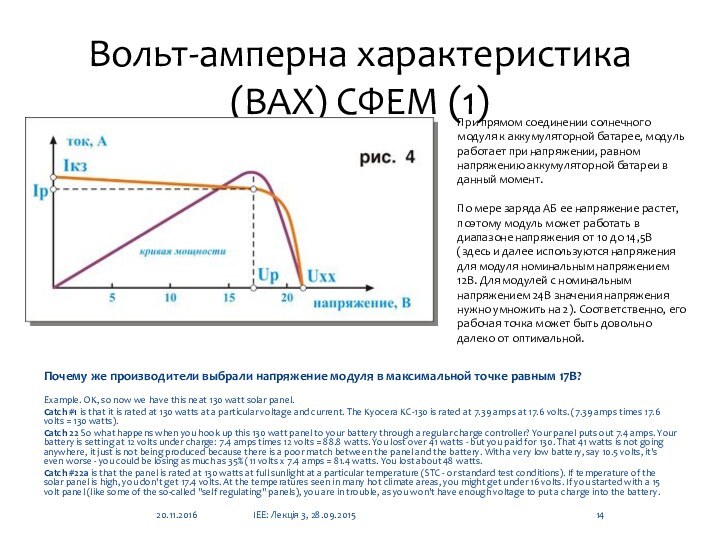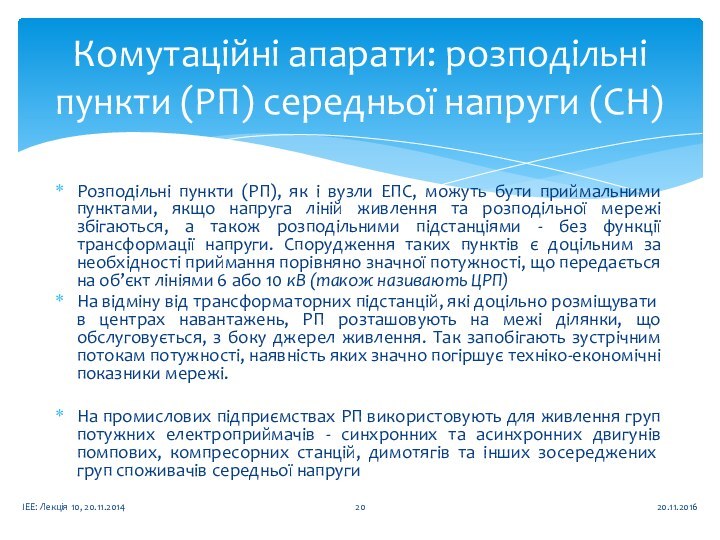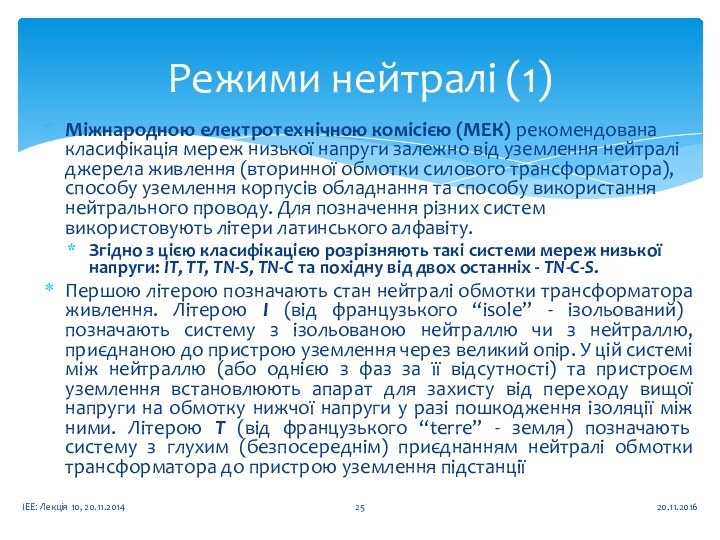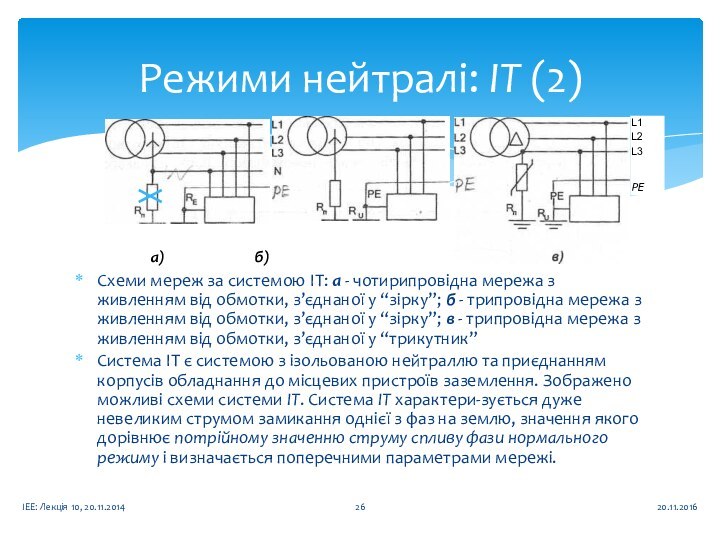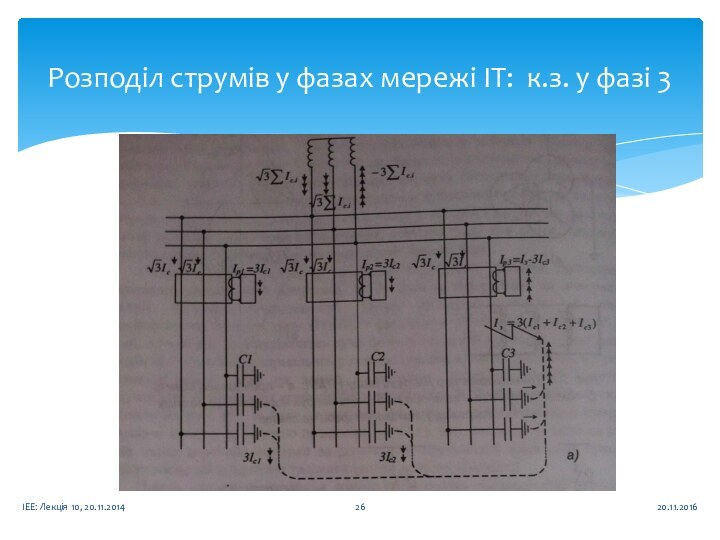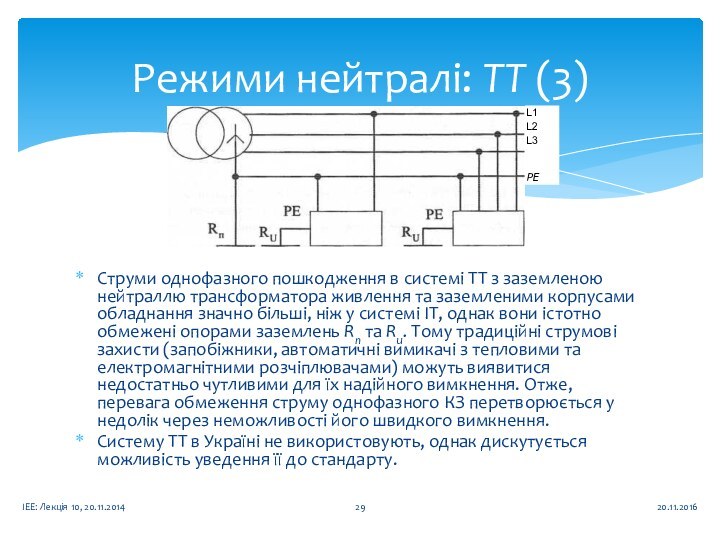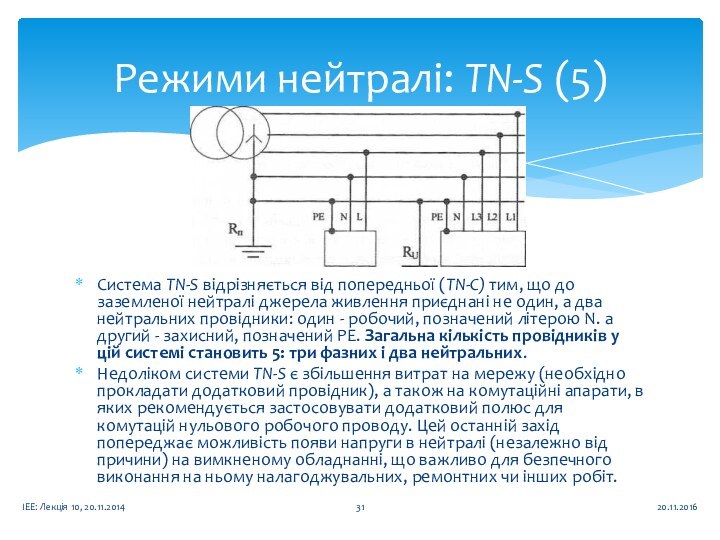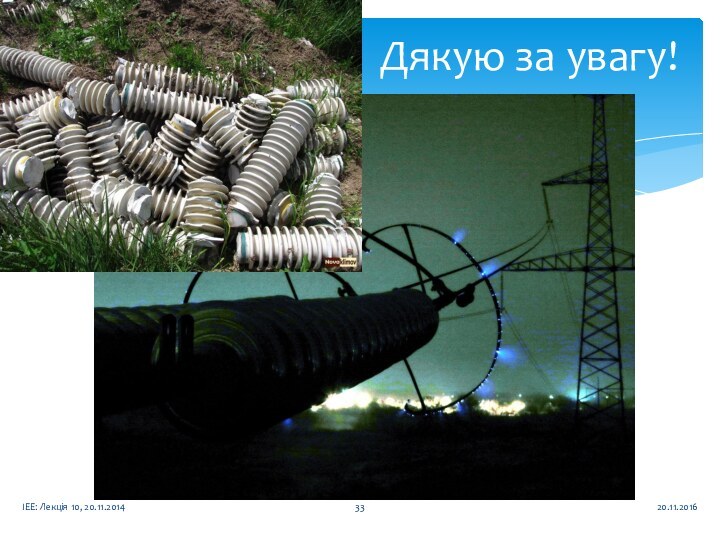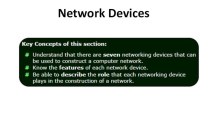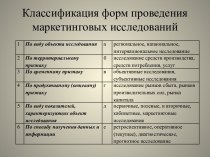напряжение модуля в максимальной точке равным 17В?
Example. OK, so
now we have this neat 130 watt solar panel.
Catch #1 is that it is rated at 130 watts at a particular voltage and current. The Kyocera KC-130 is rated at 7.39 amps at 17.6 volts. (7.39 amps times 17.6 volts = 130 watts).
Catch 22 So what happens when you hook up this 130 watt panel to your battery through a regular charge controller? Your panel puts out 7.4 amps. Your battery is setting at 12 volts under charge: 7.4 amps times 12 volts = 88.8 watts. You lost over 41 watts - but you paid for 130. That 41 watts is not going anywhere, it just is not being produced because there is a poor match between the panel and the battery. With a very low battery, say 10.5 volts, it's even worse - you could be losing as much as 35% (11 volts x 7.4 amps = 81.4 watts. You lost about 48 watts.
Catch #22a is that the panel is rated at 130 watts at full sunlight at a particular temperature (STC - or standard test conditions). If temperature of the solar panel is high, you don't get 17.4 volts. At the temperatures seen in many hot climate areas, you might get under 16 volts. If you started with a 15 volt panel (like some of the so-called "self regulating" panels), you are in trouble, as you won't have enough voltage to put a charge into the battery.
При прямом соединении солнечного модуля к аккумуляторной батарее, модуль работает при напряжении, равном напряжению аккумуляторной батареи в данный момент.
По мере заряда АБ ее напряжение растет, поэтому модуль может работать в диапазоне напряжения от 10 до 14,5В (здесь и далее используются напряжения для модуля номинальным напряжением 12В. Для модулей с номинальным напряжением 24В значения напряжения нужно умножить на 2). Соответственно, его рабочая точка может быть довольно далеко от оптимальной.
20.11.2016
ІЕЕ: Лекція 3, 28.09.2015





